240 Views
Seven Insane (but True) Things About Embroidery Digitizing

by
Alex Kutler
(IC: )
Embroidery Digitizing, which has been widely spoken about, is nothing but the process of converting the embroidery designs into a format that is readable by the modern embroidery machines to get the desired designs on a variety of materials. These digitized images are offered in diverse formats according to the industrial requirements. However, there are certain unrevealed – perhaps, even insane – yet true facts about embroidery digitizing that we will talk about here. But before plunging into the subject right away, let’s take a look at some fun facts.
Funny Facts About Embroidery
• Ancient stitch styles like running stitch, chain stitch, blanket stitch, buttonhole stitch,
cross stitch, and satin stitch are an still an essential part of the hand method.
• During the 1800s, though embroidery machines seem to have existed, they were
just looms while the actual embroidery was hand made by teams of women, in order
to accomplish mass production.
• In old days, embroidery designs were used on uniforms, shoes, calligraphy, tunics,
robes, pouches, leather belts, and even on horse trappings. In fact, it became a
widely popular art in cities like Istanbul, Cairo, Damascus, etc. as these were initially
used only by the people belonging to the higher classes of society, a majority of
which were Muslims.
• Though the source of embroidery art is yet to be discovered, there are evidences
from Iron Age, Northern Europe, Ancient Egypt and Zhou Dynasty of China. The still
existent chain stitch of China is said to belong to the 5th to 3rd century BC.
• Contemporary embroidery digitizing involves high-end machines and software tools,
which use various ‘fills’, textures, and designs to get the final work done. Some of the
applications of these digitized designs include various marketing tools like logos,
monograms, business items, gifts, team apparel and more. They are also used to
make household items such as decorator fabrics, linen etc.
Funny Facts About Embroidery
• Ancient stitch styles like running stitch, chain stitch, blanket stitch, buttonhole stitch,
cross stitch, and satin stitch are an still an essential part of the hand method.
• During the 1800s, though embroidery machines seem to have existed, they were
just looms while the actual embroidery was hand made by teams of women, in order
to accomplish mass production.
• In old days, embroidery designs were used on uniforms, shoes, calligraphy, tunics,
robes, pouches, leather belts, and even on horse trappings. In fact, it became a
widely popular art in cities like Istanbul, Cairo, Damascus, etc. as these were initially
used only by the people belonging to the higher classes of society, a majority of
which were Muslims.
• Though the source of embroidery art is yet to be discovered, there are evidences
from Iron Age, Northern Europe, Ancient Egypt and Zhou Dynasty of China. The still
existent chain stitch of China is said to belong to the 5th to 3rd century BC.
• Contemporary embroidery digitizing involves high-end machines and software tools,
which use various ‘fills’, textures, and designs to get the final work done. Some of the
applications of these digitized designs include various marketing tools like logos,
monograms, business items, gifts, team apparel and more. They are also used to
make household items such as decorator fabrics, linen etc.
Seven Insane Facts or Things About Embroidery Digitizing
Enjoyed the project?
Published April 29th, 2024 8:11 PM



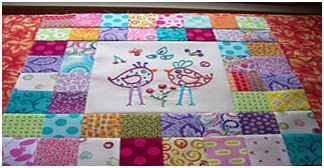

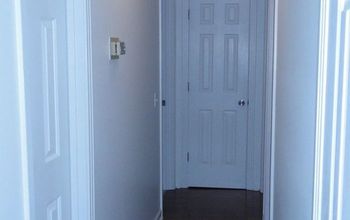

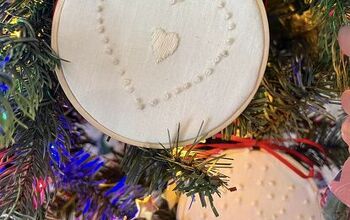

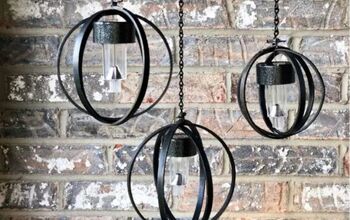


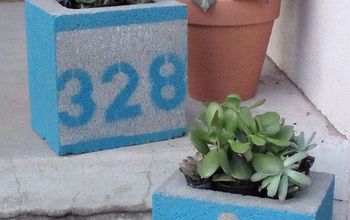




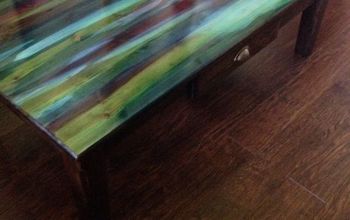
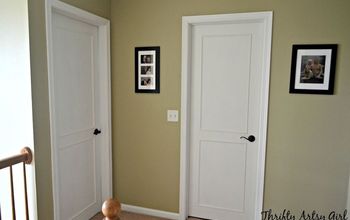
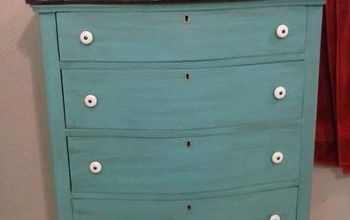


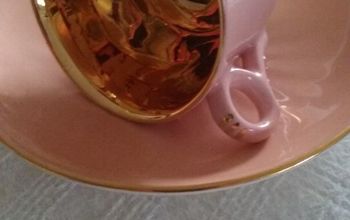

Frequently asked questions
Have a question about this project?